Keeping the information "blood vessels" alive for the revolution
In the modern history of Vietnam, the Postal Service not only operated the communication system but also was the core force contributing to the revolutionary victories. The historical milestone began on August 15, 1945, at the National Conference of the Party in Tan Trao, Tuyen Quang. In the midst of the preparation for the General Uprising, the Specialized Communications Department was established with the task of ensuring communication between the Central and the localities. This was the predecessor of the Post Office, the origin of the Vietnam Postal Service - an inseparable part of the revolution.
During the two resistance wars against France and the US, the Postal Service always maintained the "bloodline" of information for the Party and the State. Deeply imbued with the teachings of President Ho Chi Minh : "Communication is the most important thing in revolutionary work, because it determines the unity of command, the distribution of forces and thus ensures victory", from the liaison soldiers, telegraph operators, to line workers, escorts, postmen... with a courageous spirit and great sacrifice, they bravely fought to maintain the bloodline of communication in all situations.
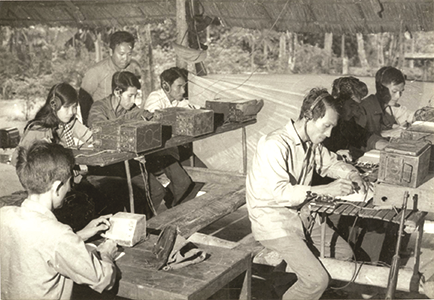
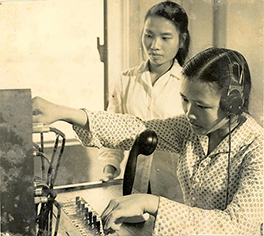
During the two resistance wars against France and the US, the Postal Service always maintained the "bloodline" of information for the Party and the State.
During those two long resistance wars, many people sacrificed themselves and became unknown martyrs. Nearly 10,000 officers and soldiers of the Post Office fell, leaving their mark of blood and bones on the Traditional Day of August 15 - not only a brilliant milestone of the industry, but also a symbol of sacrifice and dedication.
Pioneering on the journey of national digital transformation
After the country’s reunification, the Postal Service entered a new battle: overcoming backwardness, technological obsolescence and subsidized thinking. When the Doi Moi process began in 1986, the Vietnamese Postal and Telecommunications network was almost paralyzed with outdated equipment, lack of investment capital and dependence on foreign countries. And at that time, the pioneering spirit and desire to contribute to the country were aroused.
The industry decided to "go straight to digital", skipping the analog stage that the world was still using. This was a revolutionary step. From 1993 to 2000, Vietnam's telecommunications infrastructure made a leap forward: from microwave systems and copper cables to fiber optic cables, digital switchboards and satellite communications. Vietnam Posts and Telecommunications Corporation ( VNPT ) led the "Acceleration Strategy", helping Vietnam overcome the "infrastructure curse" to catch up with the region. Milestones such as the VinaPhone mobile network, the first VSAT station in Truong Sa, the TVH submarine fiber optic cable... affirmed the Vietnamese people's ability to master technology.
In 2006, VNPT transformed into the Vietnam Posts and Telecommunications Group, marking a period of development following the model of a key state-owned enterprise. In 2008, VINASAT-1 was successfully launched, making Vietnam the 93rd country to own its own satellite. In 2012, VINASAT-2 continued this success, demonstrating the aspiration to conquer space technology.
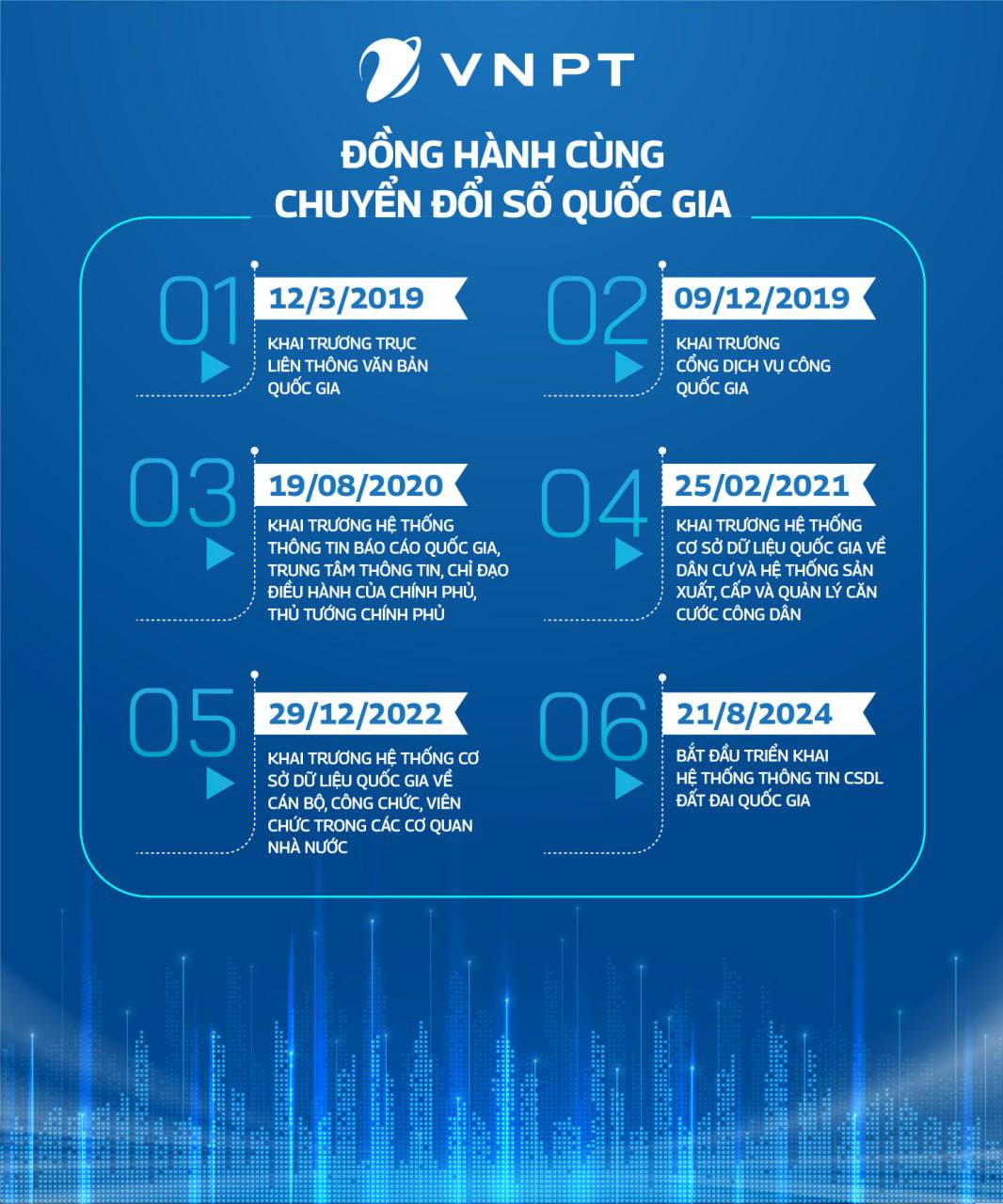
Results were quickly recognized. From 2015 to 2019, VNPT achieved an average profit growth of more than 20% per year, always being in the group of enterprises with the highest budget contributions. More importantly, VNPT became the "extended arm" of the Government in national digitalization projects: National Document Interconnection Axis, National Public Service Portal, National Population Database System, Government Information Center, and many smart management platforms for localities.
VNPT is also a strategic partner of many provinces and cities, building digital government and digital economy models through Intelligent Operation Centers (IOCs) and digital healthcare, education and transportation platforms. In terms of infrastructure, VNPT owns a fiber optic network covering the whole country, bringing broadband internet to 100% of communes. The 4G network covers 98% of the population, and by 2025, VNPT's 5G is expected to cover 85% of the population. VNPT also masters core technologies such as AI, Big Data, IoT, Blockchain, AR/VR, serving millions of users and thousands of businesses.
With the pioneering spirit of mastering technology, VNPT has gradually perfected the multi-modal transmission infrastructure ecosystem: from land, across the sea, to space.
A fire that never goes out

VNPT's pioneering spirit is not just a story of the past but a core value system, a commitment that runs through generations. As Mr. To Dung Thai, Chairman of VNPT's Board of Members shared: " We always carry within us the desire to do well today to show gratitude to the previous generation ."
From the “pole-holders and wire-holders” in the battlefield to the satellite-operating engineers, from the cable-pulling workers in the mountains to the artificial intelligence experts in the laboratory – all share the same ideals and the same burning desire: to be pioneers for the country. Over the years, the traditional flame of “Loyalty - Courage - Dedication - Creativity - Compassion” has been kept alight by VNPT people.
With its technological strength, aspirations to reach far and loyalty to the Fatherland, VNPT will continue to hold high the torch, leading the digital transformation, contributing to bringing Vietnam firmly on the path of integration and sustainable development in the digital age.
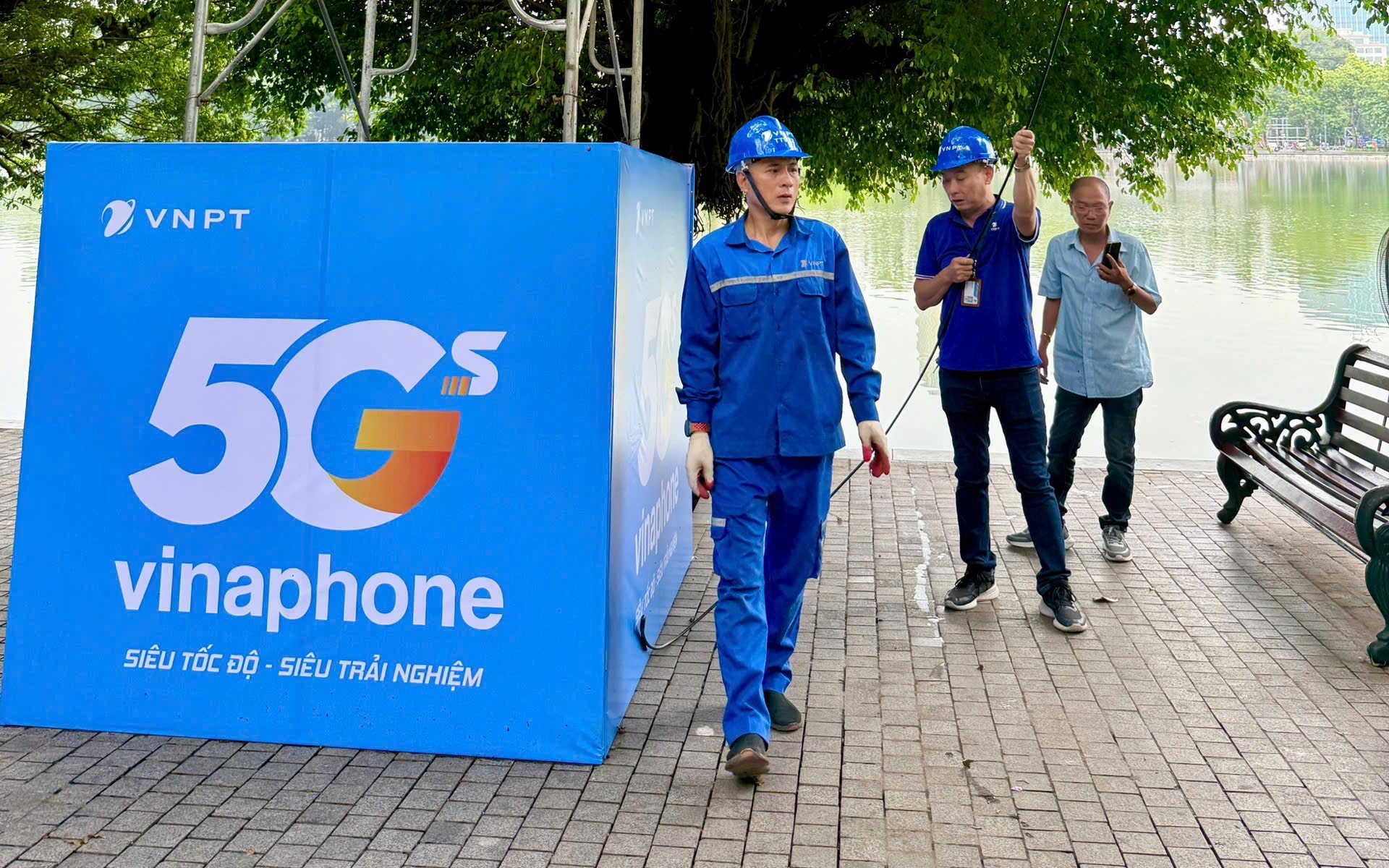 VNPT is ready to ensure telecommunications infrastructure for the 80th National Day Celebration September 2
VNPT is ready to ensure telecommunications infrastructure for the 80th National Day Celebration September 2Source: https://nld.com.vn/vnpt-luon-thap-sang-ngon-lua-truyen-thong-tien-phong-196250815120735428.htm


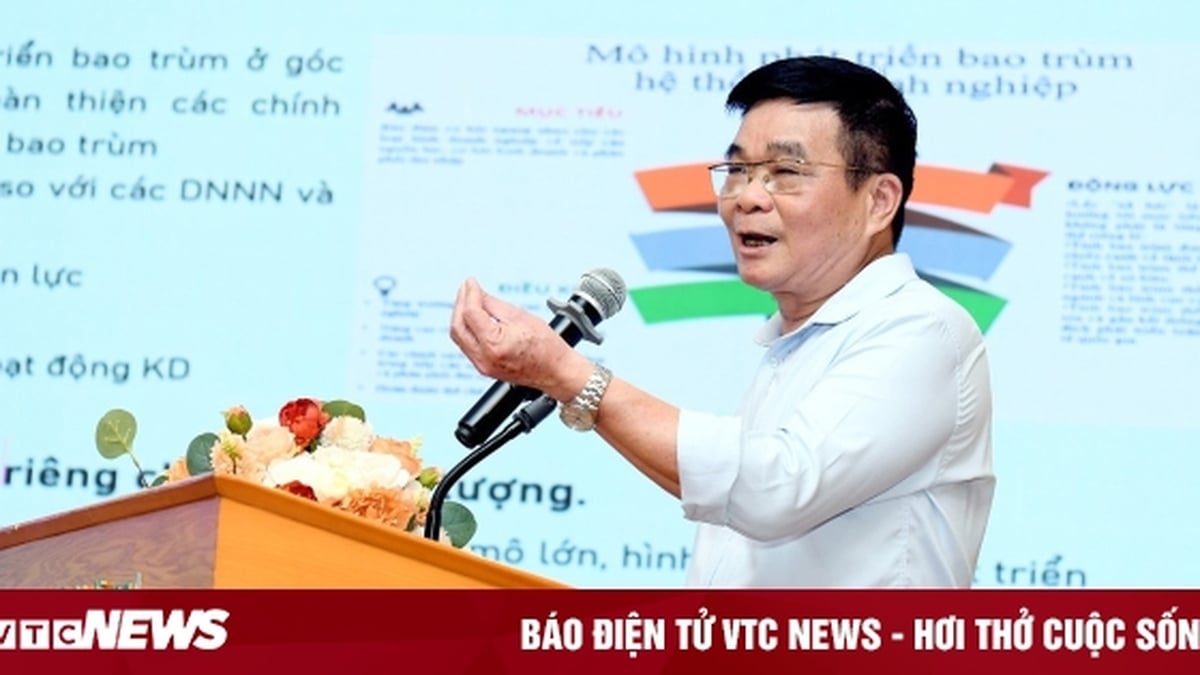


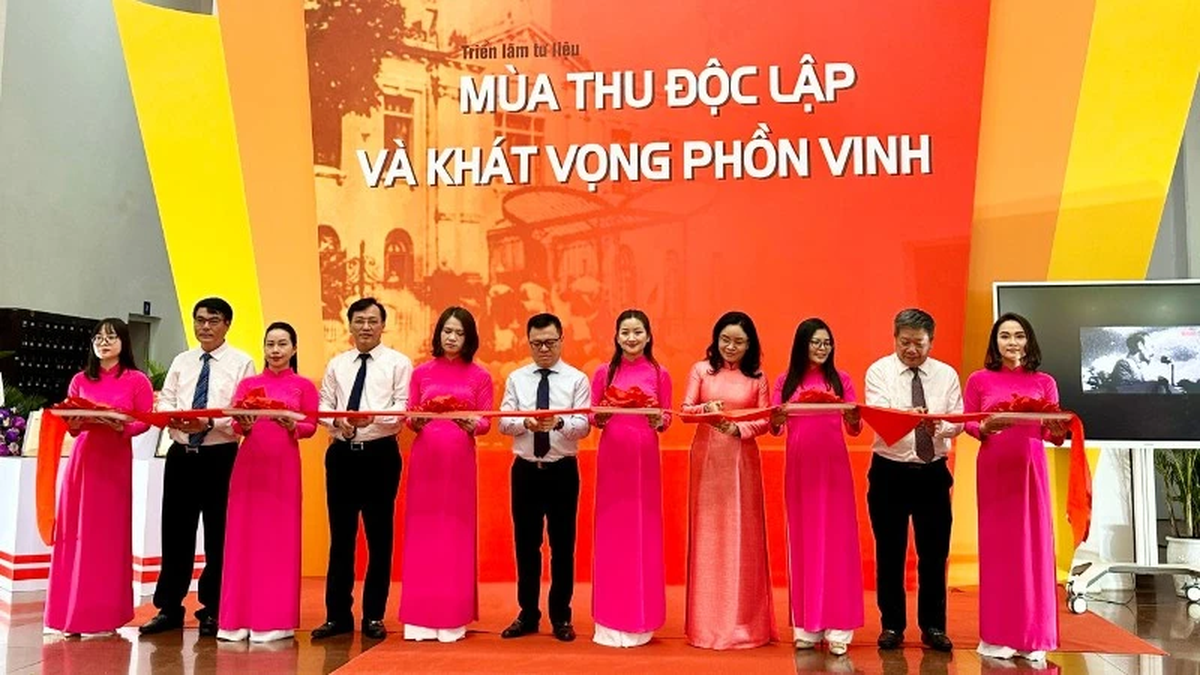
















![[Photo] Binh Khanh Bridge Ho Chi Minh City is ready to reach the finish line](https://vphoto.vietnam.vn/thumb/1200x675/vietnam/resource/IMAGE/2025/8/14/b0dcfb8ba9374bd9bc29f26e6814cee2)



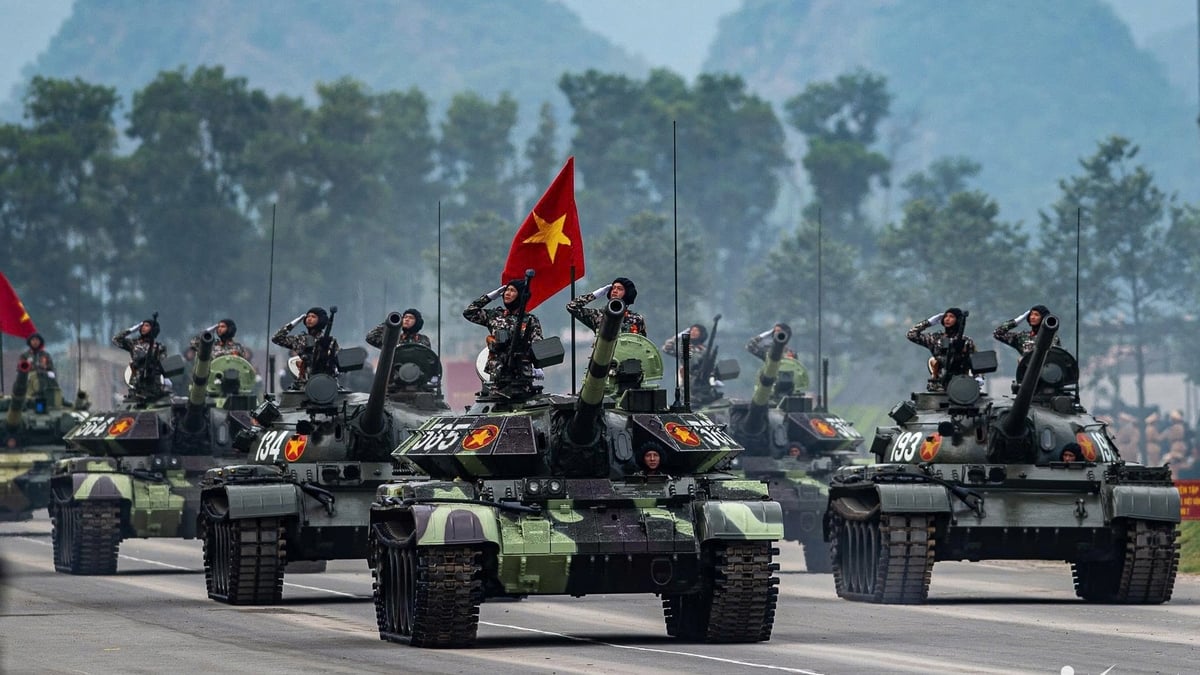


![[Photo] Firmly marching under the military flag: Ready for the big festival](https://vphoto.vietnam.vn/thumb/1200x675/vietnam/resource/IMAGE/2025/8/15/86df2fb3199343e0b16b178d53f841ec)
![[Photo] The special solidarity relationship between Vietnam and Cuba](https://vphoto.vietnam.vn/thumb/1200x675/vietnam/resource/IMAGE/2025/8/15/5f06c789ab1647c384ccb78b222ad18e)














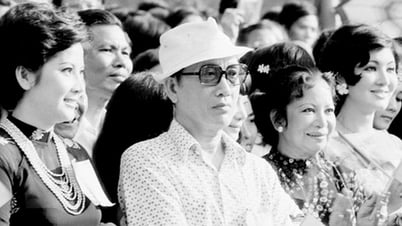



















![[Photo] President Luong Cuong receives Finnish Ambassador to Vietnam Keijo Norvanto](https://vphoto.vietnam.vn/thumb/402x226/vietnam/resource/IMAGE/2025/8/15/9787f940853c45d39e9d26b6d6827710)

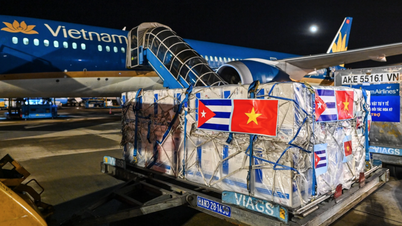



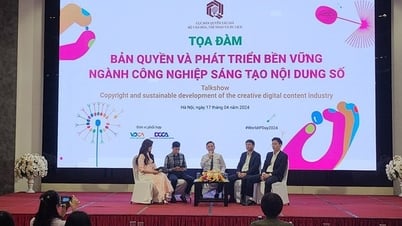



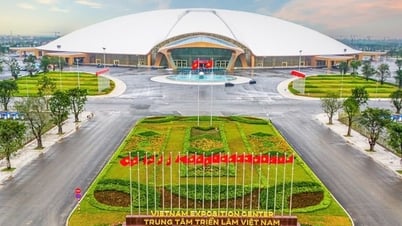
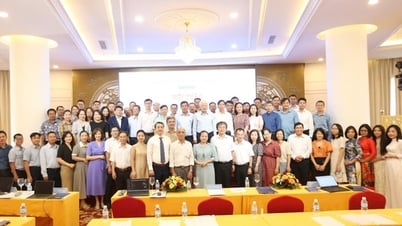

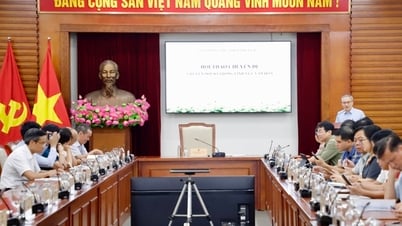





















Comment (0)